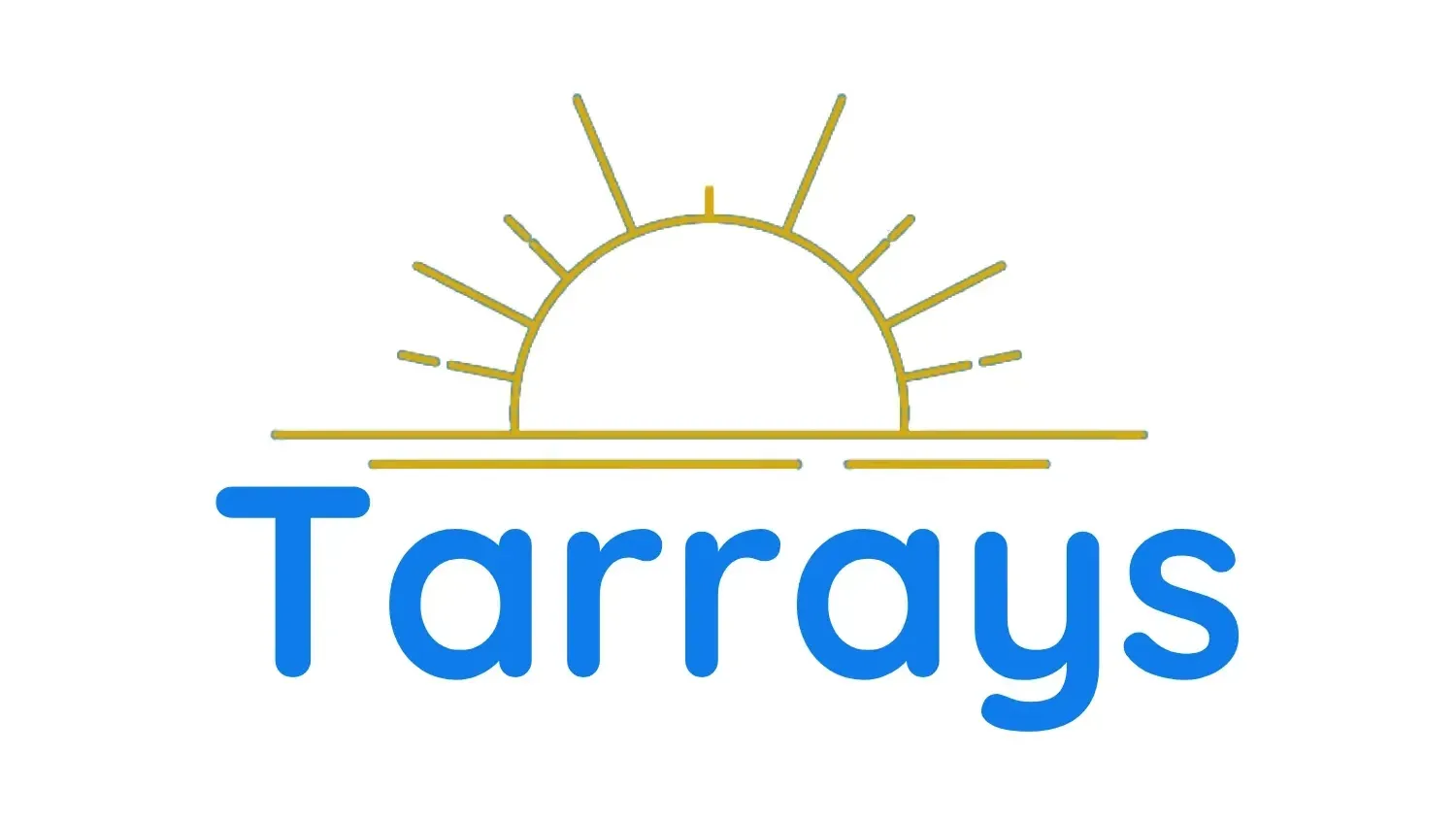Realising the Dream of Reliable and Consistent Healthcare Staffing

Introduction
The provision of reliable and consistent healthcare staffing is a crucial factor in ensuring high-quality care for residents in aged-care facilities. Adequate staffing levels and a well-trained workforce are essential for meeting the complex healthcare needs of elderly individuals. However, achieving this dream of reliable and consistent staffing can be challenging due to various factors. This article explores the key challenges and potential solutions in realising this goal.
The Importance of Reliable and Consistent Healthcare Staffing
Meeting the Complex Healthcare Needs of the Elderly
Aged-care facilities cater to a diverse range of healthcare needs, including medical, nursing, and personal care requirements. The elderly population often suffers from chronic conditions, cognitive impairments, and multiple comorbidities that necessitate specialised care. Reliable and consistent staffing ensures that residents receive the attention and support they require on a daily basis.
Enhancing Quality of Care and Resident Satisfaction
Adequate staffing levels directly impact the quality of care provided in aged-care facilities. When there is a shortage of staff, the workload on existing caregivers increases, leading to potential burnout and compromised care. In contrast, reliable staffing enables caregivers to devote sufficient time and attention to each resident, resulting in improved quality of care and higher resident satisfaction.
Challenges in Achieving Reliable and Consistent Staffing
Staff Shortages and High Turnover Rates
One of the primary challenges faced by aged-care facilities is the shortage of qualified healthcare professionals. The demand for aged-care services is steadily increasing, while the supply of skilled staff struggles to keep pace. This imbalance leads to high turnover rates, which further exacerbate the staffing crisis. Staff shortages and turnover adversely affect the continuity of care and the establishment of trusting relationships between residents and caregivers.
Inadequate Training and Professional Development
Another significant hurdle in achieving reliable and consistent staffing is the lack of comprehensive training and professional development opportunities for healthcare professionals in aged-care facilities. Insufficient training can compromise the quality of care provided and result in a limited skill set among staff members. Ongoing professional development programs are essential for keeping healthcare professionals up to date with best practices and emerging trends in aged care.
Varied Staffing Ratios and Skill Mix
Different aged-care facilities may have diverse staffing ratios and skill mix requirements based on the specific needs of their residents. However, ensuring consistency in staffing ratios and skill mix can be challenging due to resource constraints and budget limitations. Inadequate staffing ratios and a mismatched skill mix can compromise the delivery of quality care and put additional strain on existing staff.
Strategies for Achieving Reliable and Consistent Staffing
Workforce Planning and Recruitment
Implementing effective workforce planning strategies is crucial for addressing staffing challenges in aged-care facilities. This involves assessing current and future staffing needs, identifying skill gaps, and developing recruitment strategies to attract qualified healthcare professionals. Proactive recruitment efforts, including targeted advertising, collaboration with educational institutions, and offering competitive remuneration packages, can help attract and retain skilled staff.
Investing in Training and Professional Development
To enhance the skills and competencies of healthcare professionals in aged-care facilities, investing in comprehensive training and professional development programs is essential. These programs should cover a wide range of topics, including person-centered care, dementia care, palliative care, and effective communication strategies. Providing opportunities for staff to attend conferences, workshops, and online courses can further enrich their knowledge and skills.
Implementing Supportive Work Environments
Creating supportive work environments is crucial for staff retention and job satisfaction. Aged-care facilities should prioritise promoting positive workplace cultures, fostering teamwork and collaboration, and recognising the contributions of staff members. Regular communication channels, such as staff meetings and feedback mechanisms, should be established to address concerns and provide a platform for staff to voice their opinions and suggestions.
Utilising Technology and Automation
Technological advancements can significantly contribute to achieving reliable and consistent staffing in aged-care facilities. The implementation of electronic health records, scheduling software, and communication tools can streamline administrative tasks and improve coordination among staff members. Automation of routine tasks can free up time for healthcare professionals to focus on direct resident care, resulting in improved efficiency and reduced workload.
Conclusion
Realising the dream of reliable and consistent healthcare staffing for aged-care facilities requires a multi-faceted approach. It involves addressing staffing shortages, providing comprehensive training and professional development, implementing supportive work environments, and leveraging technology to streamline processes. By prioritising these strategies, aged-care facilities can enhance the quality of care provided to their residents and create a nurturing and fulfilling work environment for healthcare professionals.












